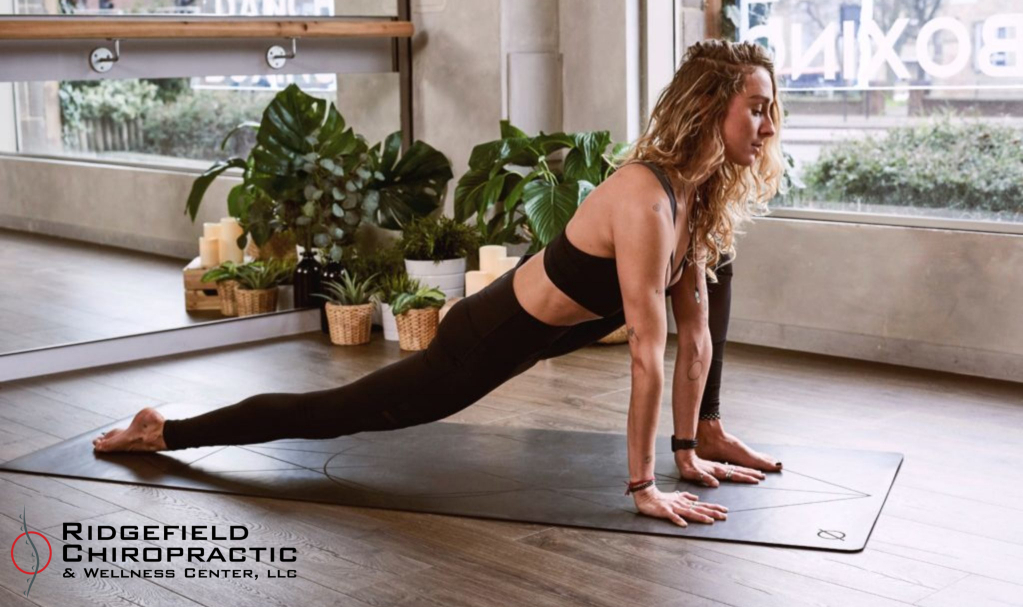4 Ways to Improve Your Posture

Poor posture: most of us have it, few of us understand exactly how damaging it can be to our overall health. According to Harvard Medical School, poor posture can lead to everything from back and neck conditions to incontinence, constipation, heartburn, and slowed digestion. Surprising? It is for most people. When you think about it, […]
